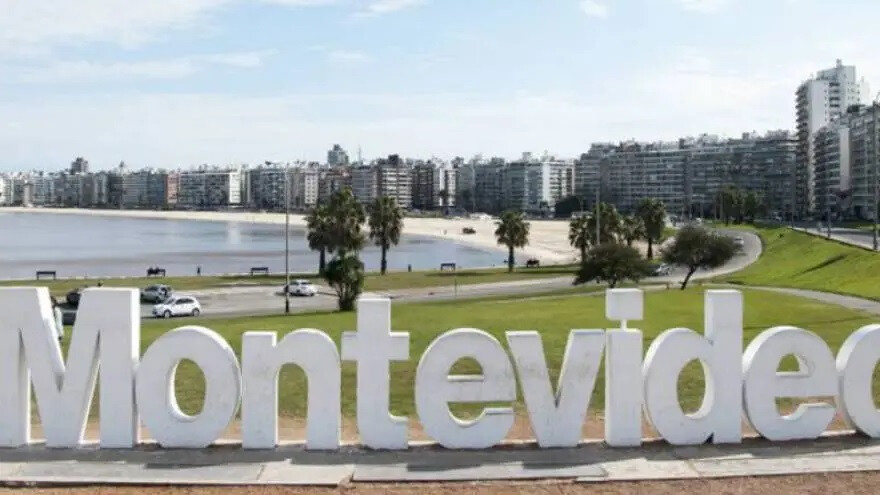
A gradual increase in mortgage requests from Argentines in Uruguay is being recorded, driven by a middle and upper-class profile seeking a second residence or an investment outside Argentina.
Generally, these are professionals and entrepreneurs, among other representatives of a segment that are betting on a more relaxed lifestyle, seeking the possibility of settling in the country, whether for work, education or simply to improve their quality of life and that of their children.
And, of course, there are also investors who pursue the usual: profitability and security, in addition to expanding their portfolio.
With a combination of economic stability, modern infrastructure and quality of life, Montevideo is increasingly attracting buyers seeking security and profitability in their investments.
The truth is that both find economic and political stability in the country, thus configuring an attractive environment for investment, with a solid financial system and regulations that facilitate the purchase of properties.
The aforementioned stability is not a word used in the context of a speech. It is, in fact, what allows for a more predictable economic environment, which, in turn, enables Uruguay to present stable interest rates and flexible terms.
Specifically, they range between 4% and 6% in dollars, and can reach 7% if the terms are extended. It should be emphasized that in relation to indexed units, the rates are even lower. But, beyond the numbers, it is the proverbial Uruguayan stability that counts compared to the options in Argentina, affected, always, by the threat of inflation and the coadjuvant economic risk.
Where, How Much, How, What
Regarding the type of property that Argentines choose, we must distinguish, in principle, the different cities and geographical areas that lead preferences. Many opt for apartments when it comes to an investment in Montevideo, especially in coastal or central areas. On the other hand, when we talk about resorts or tourist areas, the preferences are houses.
The size or magnitude of the properties maintains a pattern that ranges from medium to large surfaces, with amenities and easy access to services. Regarding the amounts, depending on the location and characteristics of the property, the requested mortgage loans can range between US$100,000 and US$300,000.
It is worth clarifying that access to mortgage credit for foreigners, in this case Argentines, is logically subject to certain conditions, which are even changing depending on the specific circumstances. But in general terms, in addition to documentation such as Argentine ID or passport, and in some cases, proof of residence, it is necessary to demonstrate the ability to pay, which may include pay stubs, tax returns or bank statements. This helps the entity to assess the solvency of the applicant.
Additionally, many entities ask that the applicant have a certain seniority in their employment or economic activity, which can vary between one and three years; prior savings -an initial amount is usually required as a down payment, which can be between 20% and 30% of the value of the property-; the credit history of the applicant and, logically, the appraisal of the property in question, fundamental in case the mortgage needs to be executed.
Beyond the bureaucratic aspects -which perhaps read more bureaucratic than they really are- the process to obtain a mortgage in Uruguay is relatively accessible for Argentines, which facilitates the purchase of properties.
So much so that the projections for the segment of Argentine mortgages in Uruguay towards 2025 are positive, although they may be influenced by economic, political and social factors. In any case, it is an attractive market in itself: the country offers a variety of properties, from apartments in the city to houses on the beach, which allows buyers to choose according to their preferences and needs.
In particular, Punta del Este and the coastal areas are experiencing a flood of real estate investments, which is perceived at first sight. Although eloquent, the data is not surprising since there is an ever-increasing demand for housing rentals. This is especially attractive in tourist areas in season and in urban areas at the level of annual leases.
[Copyright (c) Global Economic Times. All Rights Reserved.]





























